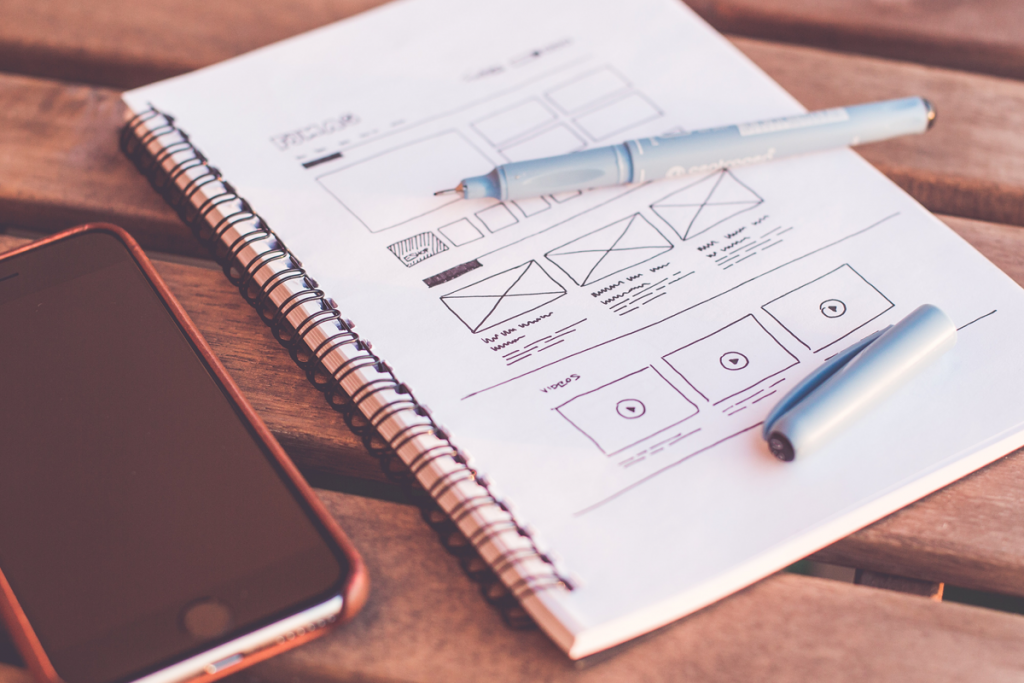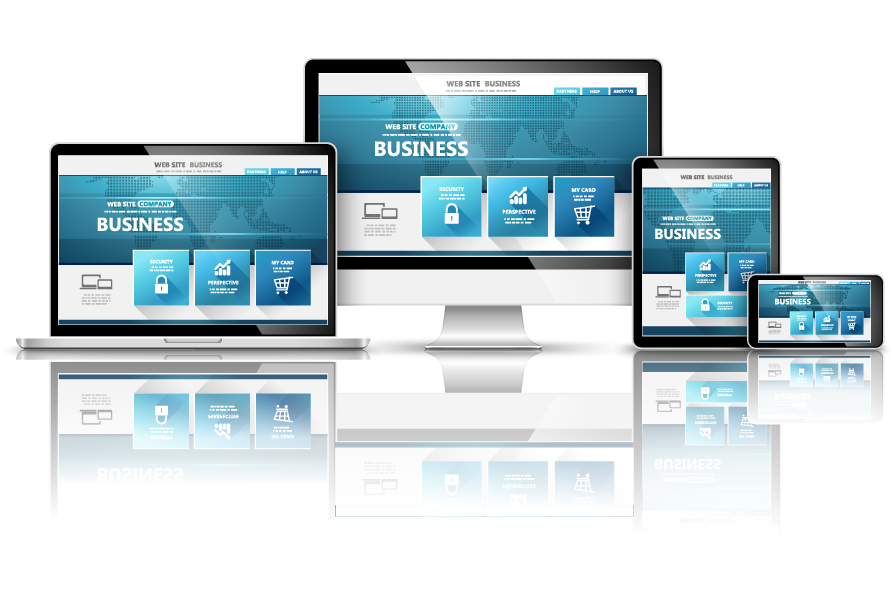The rapid growth of the Internet has brought immense opportunities for online businesses. It has not only made doing some type of business easy, but also enabled entrepreneurs to extend their reach on the web and connect to a broader consumer base. However, just like brick-and-mortar businesses, the online success requires a comprehensive marketing strategy that starts with setting up a website homepage design.
A homepage is a company’s virtual front door. It is the first thing customers see when they arrive on your site. Remember that you never get a second chance to make a first impression. This is why you should be able to satiate the curiosity of your potential customers’ right up front by covering the following bases that make a website homepage design exhaustive.
Business Profile (Who are you? What is it exactly that you do?)
Customers should immediately know what product/service you offer and if it applies to them. According to the B2B Usability Report in 2015, 86% of customers want to see information about products and services on a vendor website homepage. However, it is not enough that they know what you offer. Your potential customers should also know if they are on a website that contains information about their specific needs.
Even if your homepage says that you are into
car repair services, many questions still remain unanswered. Do you offer home
services? Are you open 24/7? Do you sell car parts/accessories? The more
comprehensive your homepage is, the more you can convince a potential customer
that they should work with you. In this regard, the use of language that the
general public can understand is very important; you should avoid using jargons
and abbreviations. Furthermore, this information should be highlighted on your homepage
when the page loads.
The use of pictures captures your target
customers and helps in demonstrating the services you provide or the products
you sell. Also, always bear in mind that less is more. Refrain from making your
website wordy and long-winded. Using supporting text will get the job done.
Value Proposition and Unique Features (Why should they choose you?)
Customers look for what makes a product or service provider better over another. Highlight what sets you apart to separate yourself from the competition. Here is where value proposition comes into the picture.
In a nutshell, value proposition is a clear statement that summarises the relevance, benefits, and unique features of your product and/or service. It is not a tagline or motto. Treat it as a headline which serves as a touch point of communicating your brand to potential customers. In this regard, you have to make sure that it is what welcomes your web visitors – content wise. This way, you get the most out of your website.
The ease of putting up a website translates to
increasing the number of competitors over the attention of finite customers.
Establishing a unique brand identity is fundamental. Many companies capitalise
on charitable marketing strategies to attract customers, while others bank on
being eco-friendly.
Homepage Information (What should visitors do next?)
Your website homepage design should be tailored in a way that will encourage consumers to make a purchase or enquiry. After you have piqued a website visitor’s interest, the next thing they will look for is the price or more product/service information.
Imagine finally landing on a website that has what you are looking for, but after scrolling through the whole page, there was no price list. It can be a bit annoying and frustrating. While you do not have to necessarily put the cost of product/service in the homepage, it is essential that that product/service information is available and accessible via the homepage.
After you have convinced your potential customers that they are in the right place, you need to facilitate an easy transaction leading to a check out or contact us form. This could be done through the action buttons or call-to-action. It can be in the form of a free trial, a sign up, or a new account, among others.

Trust and Credibility (Can they trust you?)
Customers are highly skeptical these days.
Therefore, it is very important to put their minds at ease. One of the ways
through which you can make it happen is by having a modern and updated web
design.
Outdated and poorly designed interface are viewed as untrustworthy. On top of being a reflection of your brand, a great design and an overall visual organisation of information influence visitor’s experience and action. But looking good is not enough; your homepage has to function as well.
To further strengthen the integrity of your
product or service, you may add testimonials and reviews from previous
satisfied customers. This is what we call social proof or “psychology hack.”
These techniques lead customers to follow the herd which, in effect, will
increase your brand’s appeal and sales. One can make it even more effective and
compelling by adding names of previous customers, their businesses, and
portrait, if possible.
Moreover, having a well-designed logo reflects
your professionalism and trustworthiness. Essentially, you may want to craft a
logo with utmost artistry that screams your brand and service/product. You may
also incorporate the logos of companies or brands you have partnered with.
Doing business with other companies makes your business profile look well-established.
Giving access to your business portfolio, which outlines the projects that you
have worked on, shows your experiences and achievements. In effect, you are
more likely to entice your customers and choose to transact with you.
One should also be careful when it comes to
making claims. If you do, back them up with evidence that supports the claim.
You may link your client portfolio or summary of projects in your homepage.
Subsequently, be mindful of hyperbole. Never promise your customers something you
could not live up to. If you are not the
biggest car repair shop in the country, you better not say so.
Contact Information (How can they reach out to you?)
Having a contact section in website homepage design tells customers about the legitimacy of your company. This makes them feel that they are transacting with a “real business.” Make sure that your contact information is positioned in a conspicuous area.
Aside from the telephone number, add a physical address and your returnprivacy policy. Bear in mind that customers come back when they had a good return experience. You may also include a chat box and link your business’s social media accounts so they can get in touch with you easily. Definitely, you do not want to leave them in the dark. An efficient customer service is also an effective marketing tool.
Homepage Navigation (Can they navigate your homepage easily?)
When it comes to website navigation, see to it
that it is as simple and as user-friendly as possible. Making it complicated
and arduous will only hurt your sales.
Having minimal choices or boxes to fill out
prevents customers from being overwhelmed. It is integral that you allow your
potential customers to go through your site seamlessly. This way, they are not
crippled from thinking too much. In short, always opt for clarity and do not
put hurdles in the way of desired actions. Adding filter options comes handy in
this regard. Giving customers an option to make decisions right there and then
speed up the decision making process.
With the growing number of digital buyers and the increasing competition in the web space, you need to put your best foot forward. It is only sensible that you not only grab their attention, but you also provide the right information and excite them to do business with you. If you have touched all the website homepage design bases and answered all the questions provided above, there is no doubt that you will get higher customer engagement a boost in sales of your product/service.
The post The 6 Questions Your Homepage Must Answer appeared first on Visual Marketing Australia.
Source:: https://visualmarketing.com.au

